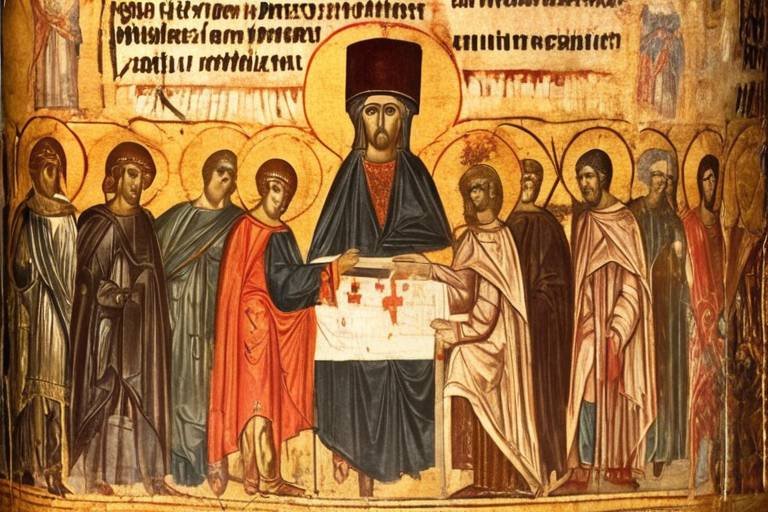The Enigma of the Lost City of Akrotiri
Deep in the heart of the mesmerizing island of Santorini lies a hidden gem shrouded in mystery and intrigue - the lost city of Akrotiri. This ancient Bronze Age settlement, buried under layers of volcanic ash, has captured the imagination of historians, archaeologists, and curious minds alike for centuries.
Unraveling the enigma of Akrotiri involves delving into its captivating history, exploring its remarkable architecture, contemplating the possible causes of its sudden demise, and understanding its profound significance in the tapestry of Aegean civilization.
As the sun sets over the rugged cliffs of Santorini, one cannot help but wonder about the secrets that lie beneath the surface of this picturesque island. The story of Akrotiri is a tale of a flourishing society abruptly frozen in time, waiting to be discovered and brought back to life.
Imagine wandering through the streets of Akrotiri, marveling at the advanced urban planning that defies conventional wisdom about ancient civilizations. The multi-story buildings, intricately paved streets, and sophisticated drainage systems paint a picture of a thriving community with a keen eye for organization and efficiency.
The cultural and artistic treasures unearthed in Akrotiri offer a glimpse into the soul of this lost city. From exquisite frescoes depicting scenes of daily life to intricately crafted pottery and sculptures imbued with religious symbolism, each artifact tells a story of a vibrant artistic culture that valued beauty, nature, and spirituality.
However, the fate of Akrotiri remains shrouded in uncertainty, with theories ranging from devastating earthquakes to cataclysmic volcanic eruptions. The echoes of natural disasters that once rocked this ancient city still linger in the air, leaving behind a haunting reminder of the fragility of human existence.
Comparisons to the infamous city of Pompeii inevitably arise, drawing parallels between two civilizations preserved by the wrath of nature. As we ponder the similarities and differences between Akrotiri and Pompeii, we are confronted with the timeless question of how societies cope with unforeseen calamities and the enduring legacy they leave behind.
Trade and maritime connections played a pivotal role in shaping the destiny of Akrotiri, as its strategic location in the Aegean Sea facilitated thriving commerce with distant lands. The bustling trade networks with Egypt, Cyprus, and the Minoan civilization not only fueled the city's economic prosperity but also fostered cultural exchange and mutual enrichment.
Religious practices and beliefs form another intriguing layer of the enigma surrounding Akrotiri, with archaeological findings revealing a complex tapestry of spiritual rituals, cult practices, and divine entities. The presence of enigmatic deities like the Blue Monkey hints at a rich religious tapestry that once permeated the daily lives of Akrotiri's inhabitants.
Today, as we reflect on the legacy of Akrotiri, we are reminded of the enduring power of ancient civilizations to captivate our imagination and challenge our understanding of the past. The ongoing research, preservation efforts, and scholarly debates surrounding this enigmatic lost city continue to unravel its mysteries and offer new insights into the rich tapestry of human history.
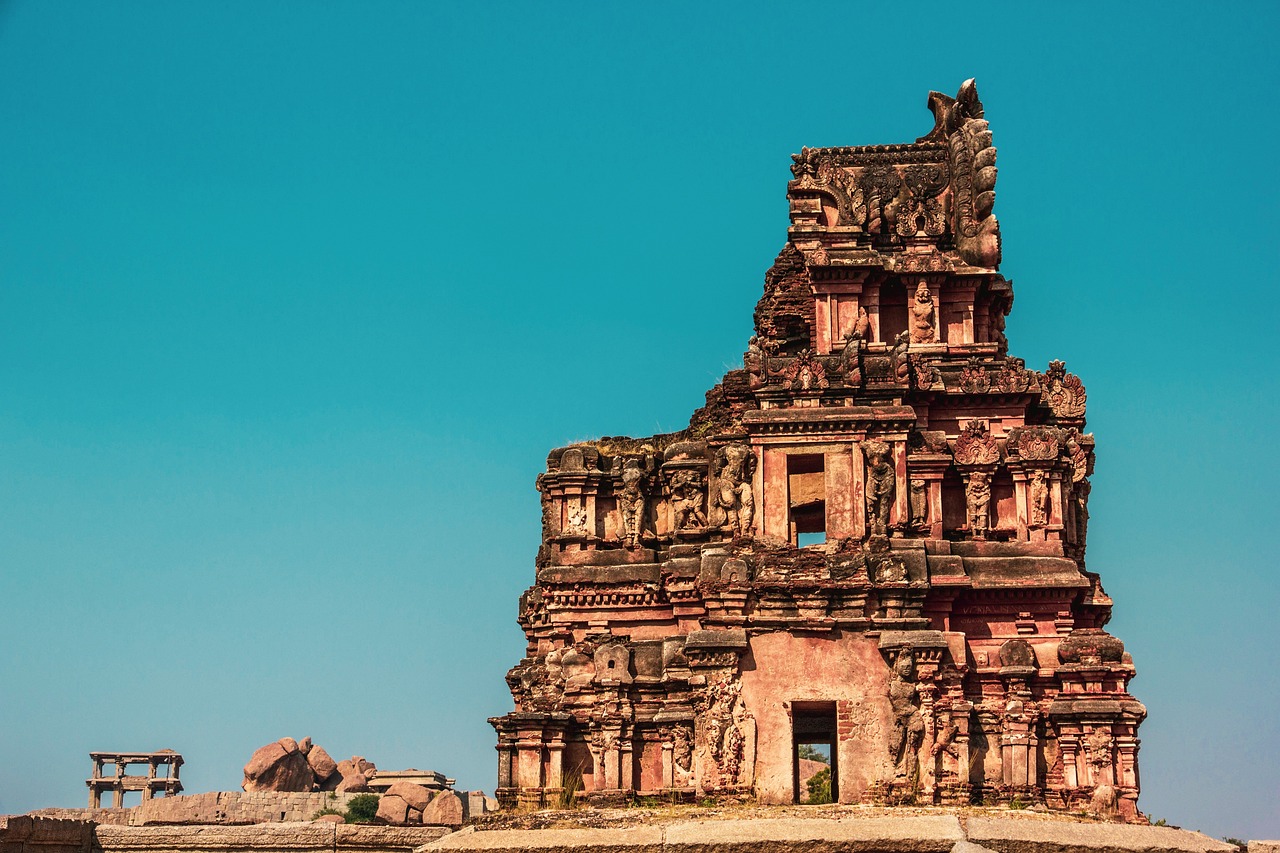
Discovery and Excavation
Exploring the mysterious ancient city of Akrotiri takes us on a journey back in time to a Bronze Age settlement buried under volcanic ash on the captivating island of Santorini. The enigma surrounding this lost city has intrigued archaeologists and history enthusiasts for decades, offering a glimpse into a once-thriving civilization that mysteriously disappeared.
The initial discovery of Akrotiri dates back to the late 19th century when a Greek archaeologist stumbled upon its remnants. Since then, extensive excavations have been carried out, unearthing a treasure trove of well-preserved buildings, artifacts, and mesmerizing frescoes. These excavations have not only revealed the physical structures of the city but also provided invaluable insights into the daily life, culture, and technological advancements of its inhabitants.
One of the most striking aspects of Akrotiri is its advanced urban planning, which challenges conventional notions of ancient societies. The city boasts a sophisticated layout with multi-story buildings, paved streets, and intricate drainage systems, indicating a high level of architectural prowess and urban organization. Such features suggest a prosperous economy and a community of skilled craftsmen who contributed to the city's grandeur.
Delving deeper into the cultural and artistic treasures of Akrotiri unveils a rich tapestry of frescoes, pottery, and sculptures that speak volumes about the society's values and customs. The vibrant artistic culture depicted in these artifacts portrays scenes of nature, daily life, and religious beliefs, offering a glimpse into the spiritual and aesthetic dimensions of the ancient Akrotirians.
As we ponder the possible causes of Akrotiri's destruction, various theories emerge, ranging from devastating earthquakes to catastrophic volcanic eruptions and tsunamis. The impact of these natural disasters on the city raises questions about the resilience of its inhabitants and the fragility of human settlements in the face of nature's wrath.
Comparisons between Akrotiri and the renowned Roman city of Pompeii reveal intriguing parallels and disparities in their preservation and cultural heritage. Both cities, frozen in time by volcanic ash, provide valuable insights into the lives, art, and architecture of ancient civilizations, inviting us to draw connections and contrasts between these two archaeological marvels.
Exploring Akrotiri's trade and maritime connections uncovers its strategic position in the Aegean Sea, facilitating thriving trade networks with neighboring regions such as Egypt, Cyprus, and the Minoan civilization. The city's economic prosperity and cultural exchange were fueled by its maritime activities, highlighting the significance of Akrotiri as a hub of commerce and cultural interaction.
Scrutinizing the religious practices and beliefs of Akrotiri offers a glimpse into the spiritual world of its inhabitants, with sanctuaries, rituals, and artifacts shedding light on cult practices and the worship of deities such as the enigmatic Blue Monkey. The role of religion in shaping the community's spiritual life adds another layer of complexity to the cultural tapestry of Akrotiri.
Reflecting on the legacy of Akrotiri in modern interpretations and ongoing research underscores the enduring fascination with this lost city. Archaeologists, art historians, and cultural enthusiasts continue to unravel the mysteries of Akrotiri, contributing to a deeper understanding of its significance in the annals of history and the collective human experience.

Advanced Urban Planning
When delving into the realm of Akrotiri's urban planning, one cannot help but marvel at the advanced infrastructure and architectural ingenuity that characterized this ancient city. The layout of Akrotiri defies conventional expectations of Bronze Age settlements, boasting multi-story buildings, intricate drainage systems, and meticulously paved streets that speak volumes about the sophistication of its urban design.
Archaeological excavations have revealed a level of urban planning that challenges the prevailing notions of ancient civilizations. The presence of well-organized residential areas, public spaces, and evidence of a prosperous economy indicate a high level of societal organization and civic planning that was ahead of its time.
Moreover, the architectural features found in Akrotiri suggest a community that valued aesthetics and functionality in equal measure. The use of advanced construction techniques, such as earthquake-resistant building methods and the incorporation of natural light and ventilation, underscores the city's commitment to creating a sustainable and livable environment for its inhabitants.
One cannot help but draw parallels between the urban planning of Akrotiri and more modern cities, highlighting the timeless principles of effective city design that transcend centuries. The meticulous attention to detail in the layout of streets, buildings, and public spaces reflects a deep understanding of urban dynamics and the importance of creating a harmonious living environment.
Overall, the advanced urban planning of Akrotiri stands as a testament to the ingenuity and foresight of its ancient inhabitants, offering valuable insights into the complexities of urban life in the Bronze Age and challenging our perceptions of what constitutes a well-planned city.
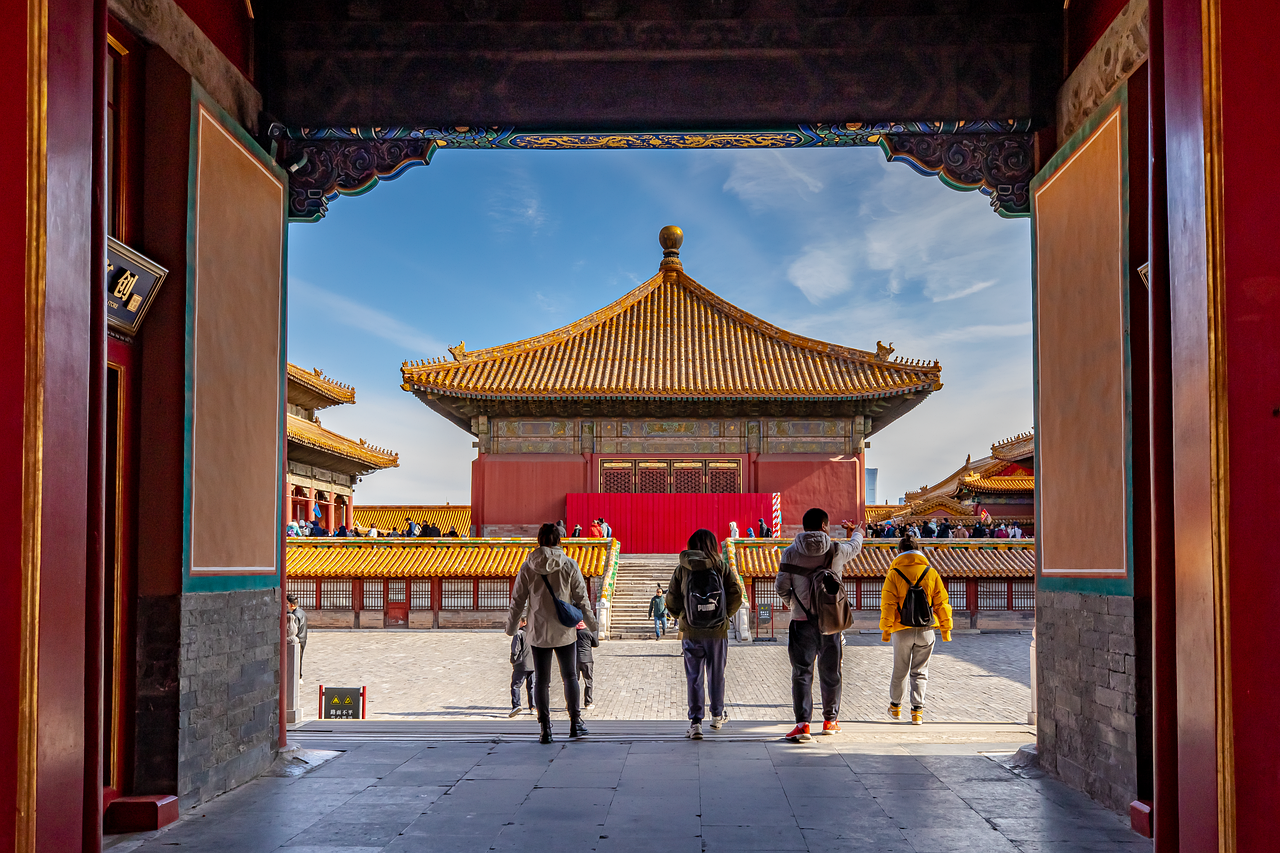
Cultural and Artistic Treasures
Exploring the mysterious ancient city of Akrotiri, a Bronze Age settlement buried under volcanic ash on the island of Santorini. Unraveling its history, architecture, possible causes of destruction, and significance in the Aegean civilization.
The initial discovery of Akrotiri in the late 19th century and the extensive archaeological excavations that have unearthed well-preserved buildings, artifacts, and frescoes, shedding light on the advanced society that thrived there.
Examining the sophisticated urban layout of Akrotiri, featuring multi-story buildings, paved streets, drainage systems, and evidence of a prosperous economy and skilled craftsmanship, challenging traditional views of ancient civilizations.
Exploring the exquisite frescoes, pottery, and sculptures found in Akrotiri, showcasing a vibrant artistic culture with themes of nature, daily life, and religious beliefs that offer insights into the society's values and customs.
Akrotiri's artistic treasures reveal a society deeply connected to art and culture, with intricate frescoes depicting scenes of everyday life, nature, and religious ceremonies. The pottery and sculptures discovered in the city showcase the skill and creativity of its inhabitants, reflecting a rich artistic tradition that thrived in the Bronze Age. These artifacts not only provide a glimpse into the aesthetic preferences of the Akrotiri people but also offer a window into their beliefs and rituals.
The cultural significance of Akrotiri's artistic treasures extends beyond mere decoration. Each piece tells a story, capturing moments of joy, sorrow, and spiritual reverence. The frescoes, in particular, serve as windows into the past, offering a vivid portrayal of the daily lives and customs of the ancient Akrotiri society. Through these artistic expressions, we can unravel the complexities of their culture, values, and worldview, painting a vivid picture of a civilization lost in time.
Investigating the theories surrounding the catastrophic event that led to the city's demise, including earthquakes, volcanic eruptions, and tsunamis, and analyzing how these natural disasters might have impacted Akrotiri.
Drawing parallels between Akrotiri and the Roman city of Pompeii, both preserved by volcanic ash, and examining the similarities and differences in their architecture, art, lifestyle, and the lessons they provide about ancient civilizations.
Exploring Akrotiri's strategic location in the Aegean Sea, its thriving trade networks with Egypt, Cyprus, and the Minoan civilization, and the maritime activities that contributed to its economic prosperity and cultural exchange.
Analyzing the religious sanctuaries, rituals, and artifacts discovered in Akrotiri, including evidence of cult practices, deities like the Blue Monkey, and the role of religion in shaping the spiritual life of its inhabitants.
Reflecting on the enduring legacy of Akrotiri in archaeology, art history, and cultural heritage, and considering the ongoing research, preservation efforts, and debates that continue to unravel the mysteries of this enigmatic lost city.
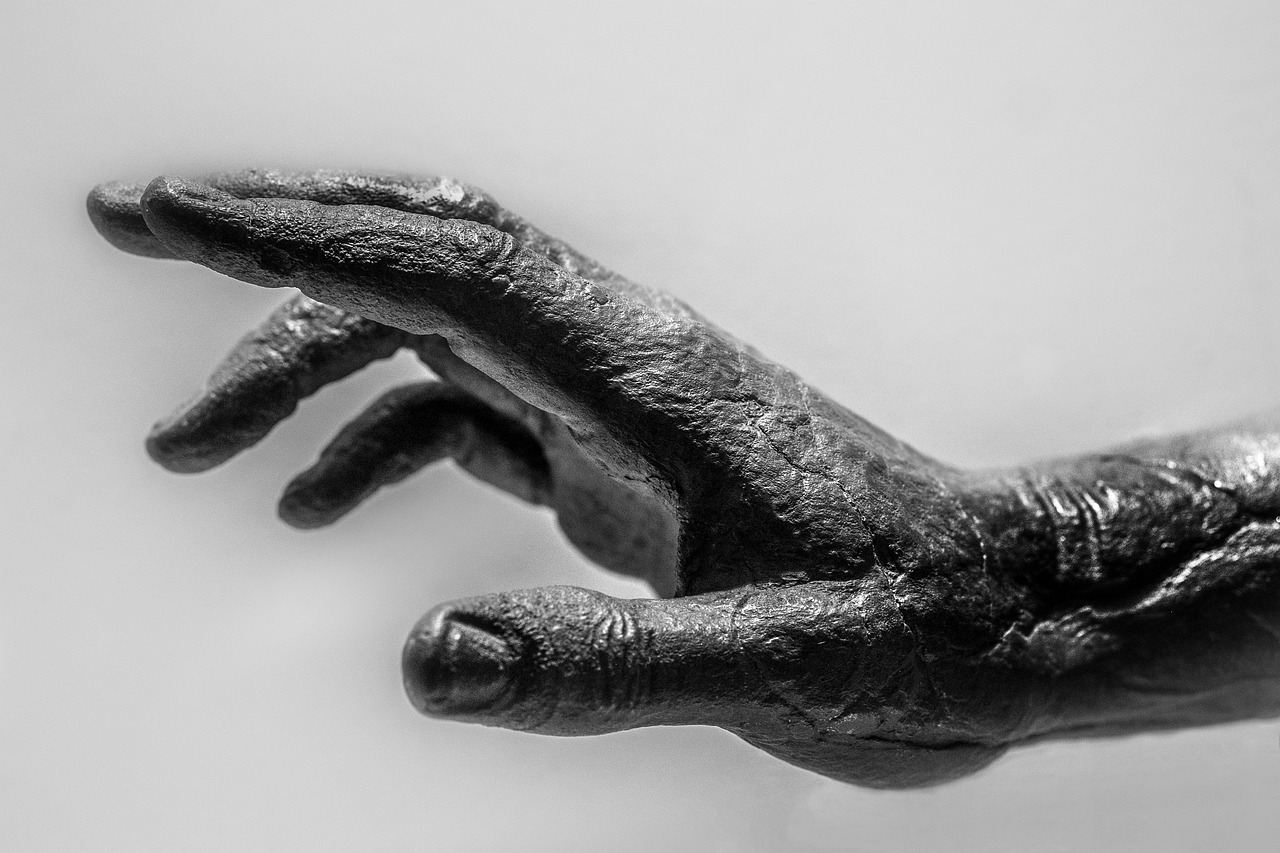
Possible Causes of Destruction
The lost city of Akrotiri met a catastrophic end, shrouded in mystery and speculation. One of the prevailing theories suggests that a powerful earthquake struck the region, triggering a series of destructive events. The seismic activity could have led to structural collapses, fires, and widespread devastation, ultimately contributing to the downfall of the city.
Another compelling hypothesis revolves around the volcanic nature of Santorini. The island is renowned for its volcanic history, and an eruption of staggering proportions might have engulfed Akrotiri in a cloud of ash and pumice. The volcanic debris could have buried the city under layers of destruction, preserving it for millennia until its rediscovery.
Furthermore, the possibility of a tsunami cannot be discounted when exploring the demise of Akrotiri. The island's location in the Aegean Sea makes it vulnerable to seismic sea waves generated by earthquakes or volcanic eruptions. A powerful tsunami could have inundated the city, causing widespread flooding and destruction that sealed its fate.
Combining these factors – earthquakes, volcanic eruptions, and tsunamis – paints a vivid picture of the potential calamities that befell Akrotiri. The exact sequence of events remains a subject of debate among archaeologists and geologists, highlighting the complex interplay of natural forces that shaped the destiny of this ancient settlement.
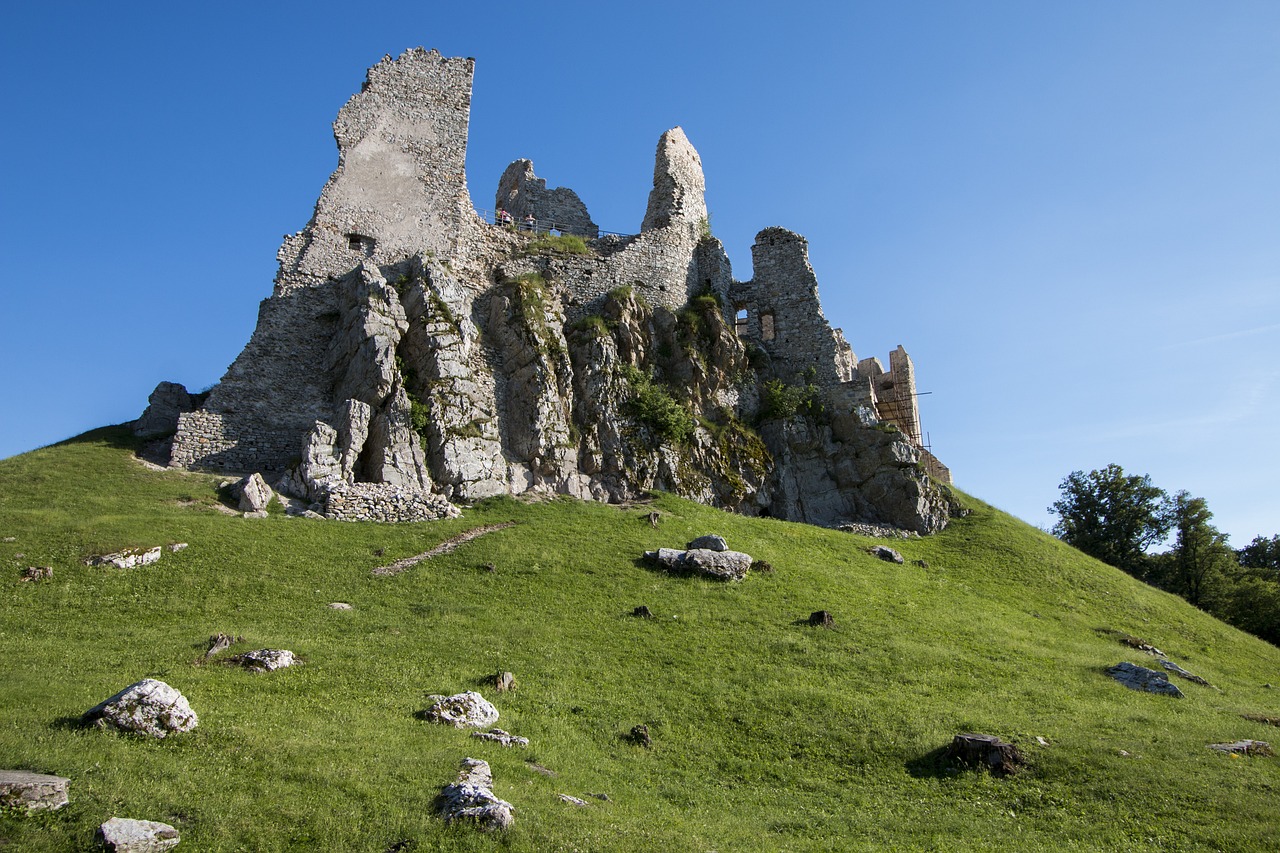
Comparisons to Pompeii
When comparing the ancient city of Akrotiri to the well-known ruins of Pompeii, one cannot ignore the striking similarities and intriguing differences that shed light on the lives of these two civilizations preserved by volcanic ash. Both Akrotiri and Pompeii were thriving urban centers of their time, boasting advanced architectural features and artistic expressions that provide valuable insights into ancient societies.
One of the key similarities between Akrotiri and Pompeii lies in their preservation under layers of volcanic ash, which acted as a time capsule, freezing moments of daily life for future generations to uncover. The meticulous excavation efforts in both sites have revealed intricately designed buildings, colorful frescoes, and everyday objects that offer a glimpse into the past.
While Pompeii is more widely recognized due to its larger size and global fame, Akrotiri presents a unique perspective on Bronze Age civilization in the Aegean region. The architecture of Akrotiri showcases a sophisticated urban layout with multi-story buildings, paved streets, and advanced drainage systems, challenging conventional beliefs about ancient societies.
Moreover, the artistic treasures found in Akrotiri, such as the exquisite frescoes depicting nature scenes and religious ceremonies, highlight the vibrant cultural and artistic expressions of its inhabitants. These artworks not only showcase the skills of ancient craftsmen but also provide clues about the societal values and beliefs of the time.
Despite the similarities in preservation and urban planning, Akrotiri and Pompeii exhibit distinct differences in their architectural styles, artistic motifs, and cultural practices. While Pompeii reflects Roman influence and lifestyle, Akrotiri's connection to the Minoan civilization and its strategic maritime location in the Aegean Sea offer a unique perspective on trade networks and cultural exchange in the ancient world.
In conclusion, the comparisons between Akrotiri and Pompeii offer a fascinating glimpse into the past, highlighting the diverse yet interconnected nature of ancient civilizations. By studying these archaeological sites side by side, researchers and enthusiasts alike can unravel the mysteries of the past and appreciate the enduring legacy of these enigmatic lost cities.

Trade and Maritime Connections
Trade and maritime connections played a pivotal role in the prosperity and cultural exchange of the ancient city of Akrotiri. Situated strategically in the Aegean Sea, Akrotiri served as a bustling hub for trade, connecting with distant lands such as Egypt, Cyprus, and the Minoan civilization. The city's maritime activities facilitated the exchange of goods, ideas, and technologies, contributing to its economic growth and cultural richness.
The maritime trade networks of Akrotiri were essential for the city's development and influence in the region. Merchants and sailors navigated the waters of the Aegean, carrying goods such as pottery, textiles, and precious metals to trade with other civilizations. This exchange not only boosted Akrotiri's economy but also fostered cultural interactions, leading to the adoption of new artistic styles, religious practices, and architectural techniques.
Furthermore, Akrotiri's location allowed it to benefit from its proximity to major trade routes, enhancing its position as a key player in the ancient Mediterranean trade network. The city's ports bustled with activity as ships from various regions docked to exchange commodities and establish diplomatic ties. This bustling maritime trade not only brought wealth to Akrotiri but also facilitated the spread of ideas and innovations across the ancient world.
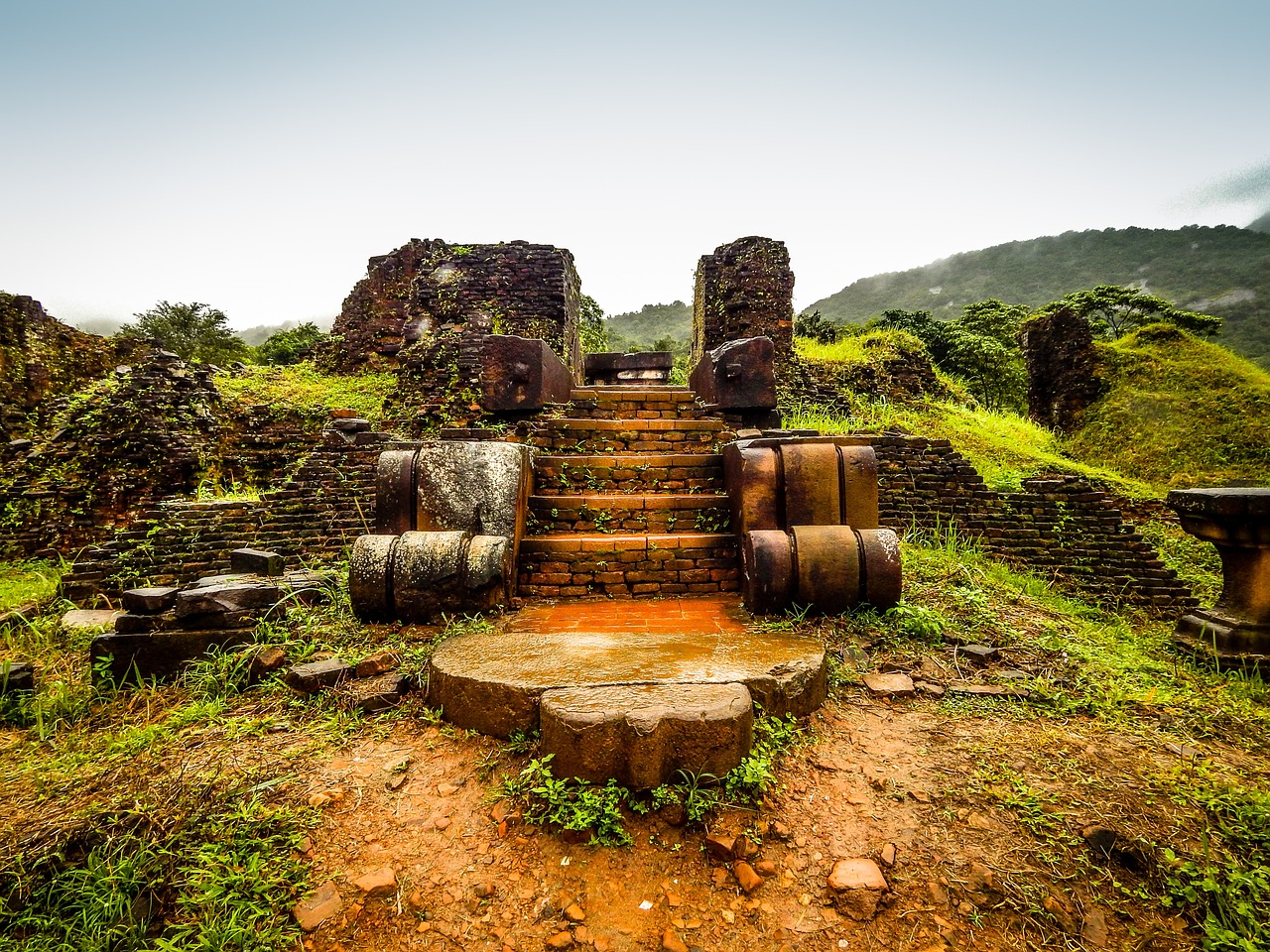
Religious Practices and Beliefs
Religious practices and beliefs in the ancient city of Akrotiri offer a fascinating glimpse into the spiritual life of its inhabitants. Archaeological findings have revealed a complex system of religious sanctuaries and rituals that were integral to the society's cultural identity. Among the artifacts discovered are depictions of various deities, including the enigmatic figure known as the Blue Monkey, whose significance remains a subject of scholarly debate.
The presence of religious artifacts suggests that the people of Akrotiri engaged in elaborate cult practices and ceremonies to honor their gods. These rituals likely played a crucial role in shaping the community's beliefs and values, providing a sense of cohesion and shared identity. The intricate frescoes and sculptures found in the city depict scenes of religious significance, offering clues to the spiritual beliefs and practices of the ancient Akrotirians.
One of the most intriguing aspects of Akrotiri's religious landscape is the evidence of maritime connections with other civilizations. The city's strategic location in the Aegean Sea facilitated trade and cultural exchange with regions such as Egypt, Cyprus, and the Minoan civilization. This interaction likely influenced the religious syncretism observed in Akrotiri, where diverse beliefs and practices coexisted and intermingled.
Moreover, the discovery of sacred artifacts and sanctuaries indicates the importance of religion in everyday life. The presence of shrines dedicated to specific deities suggests a pantheon of gods worshipped by the Akrotirians, each playing a distinct role in their spiritual worldview. The religious practices of Akrotiri reflect a society deeply connected to the divine, seeking guidance and protection through rituals and offerings.
As researchers continue to uncover more about the religious practices and beliefs of Akrotiri, the enigmatic nature of this ancient city only grows more intriguing. The legacy of its spiritual traditions endures through the artifacts and structures left behind, inviting us to ponder the mysteries of a civilization lost in time.
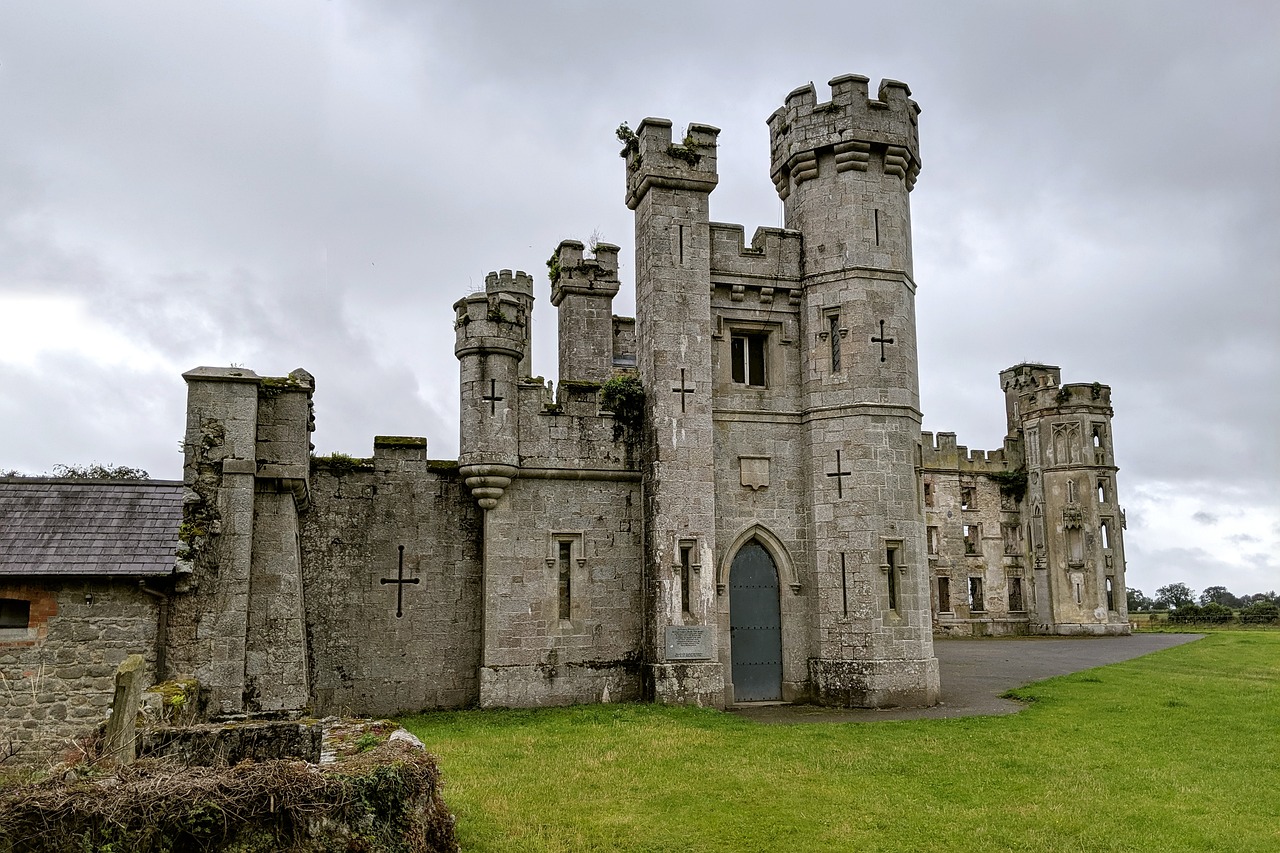
Blue Monkey,
Exploring the mysterious ancient city of Akrotiri, a Bronze Age settlement buried under volcanic ash on the island of Santorini. Unraveling its history, architecture, possible causes of destruction, and significance in the Aegean civilization.
The initial discovery of Akrotiri in the late 19th century and the extensive archaeological excavations that have unearthed well-preserved buildings, artifacts, and frescoes, shedding light on the advanced society that thrived there.
Examining the sophisticated urban layout of Akrotiri, featuring multi-story buildings, paved streets, drainage systems, and evidence of a prosperous economy and skilled craftsmanship, challenging traditional views of ancient civilizations.
Exploring the exquisite frescoes, pottery, and sculptures found in Akrotiri, showcasing a vibrant artistic culture with themes of nature, daily life, and religious beliefs that offer insights into the society's values and customs.
Investigating the theories surrounding the catastrophic event that led to the city's demise, including earthquakes, volcanic eruptions, and tsunamis, and analyzing how these natural disasters might have impacted Akrotiri.
Drawing parallels between Akrotiri and the Roman city of Pompeii, both preserved by volcanic ash, and examining the similarities and differences in their architecture, art, lifestyle, and the lessons they provide about ancient civilizations.
Exploring Akrotiri's strategic location in the Aegean Sea, its thriving trade networks with Egypt, Cyprus, and the Minoan civilization, and the maritime activities that contributed to its economic prosperity and cultural exchange.
Analyzing the religious sanctuaries, rituals, and artifacts discovered in Akrotiri, including evidence of cult practices, deities like the Blue Monkey, and the role of religion in shaping the spiritual life of its inhabitants.
Reflecting on the enduring legacy of Akrotiri in archaeology, art history, and cultural heritage, and considering the ongoing research, preservation efforts, and debates that continue to unravel the mysteries of this enigmatic lost city.
The Blue Monkey is a significant deity found in the religious artifacts of Akrotiri. Representing a mystical and revered presence in the ancient society, the Blue Monkey symbolizes various aspects of spirituality and cultural beliefs. Its depiction in artworks and ceremonial objects indicates a deep connection to nature and possibly a role in religious ceremonies. The significance of the Blue Monkey in the religious practices of Akrotiri offers a glimpse into the spiritual world of its inhabitants and their intricate belief system.
Stay tuned for answers to common questions about the Lost City of Akrotiri!
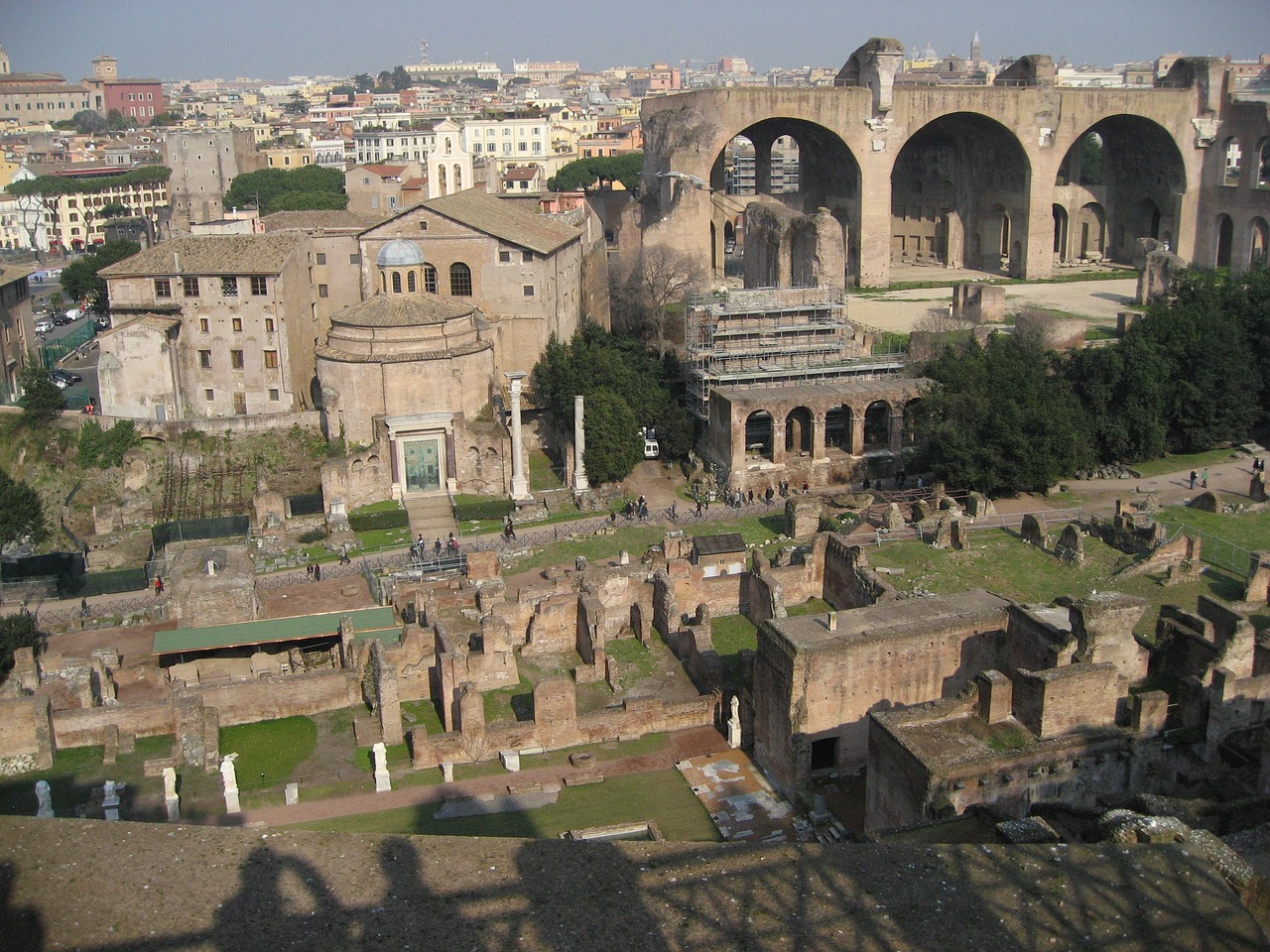
and the role of religion in shaping the spiritual life of its inhabitants.
Religion played a central role in shaping the spiritual life of the inhabitants of Akrotiri, offering a glimpse into their beliefs, rituals, and worldview. The archaeological findings in the city have revealed a complex system of religious practices, including the presence of sanctuaries, altars, and religious artifacts. These discoveries indicate a society deeply connected to the divine, with rituals likely influencing various aspects of daily life.
The religious beliefs of the Akrotiri people are exemplified in the artifacts uncovered, such as figurines representing deities and sacred animals. These objects suggest a pantheon of gods and goddesses worshipped by the inhabitants, reflecting a rich spiritual tapestry woven into the fabric of their existence. The presence of ritual vessels and offerings further underscores the importance of religious ceremonies in their culture.
Moreover, the frescoes found in Akrotiri depict scenes that are believed to be linked to religious narratives and mythological stories. These vibrant artworks not only adorned the walls of buildings but also served as visual expressions of the community's faith and cosmological beliefs. The intricate details and symbolic motifs in the frescoes offer valuable insights into the religious iconography of the ancient city.
The role of religion in Akrotiri extended beyond mere worship, influencing social structures, community cohesion, and individual identities. The presence of religious symbols in everyday objects and architectural elements suggests a pervasive spiritual influence that permeated all aspects of life. By understanding the religious practices of Akrotiri, we can gain a deeper appreciation of how faith shaped the worldview and values of its inhabitants.
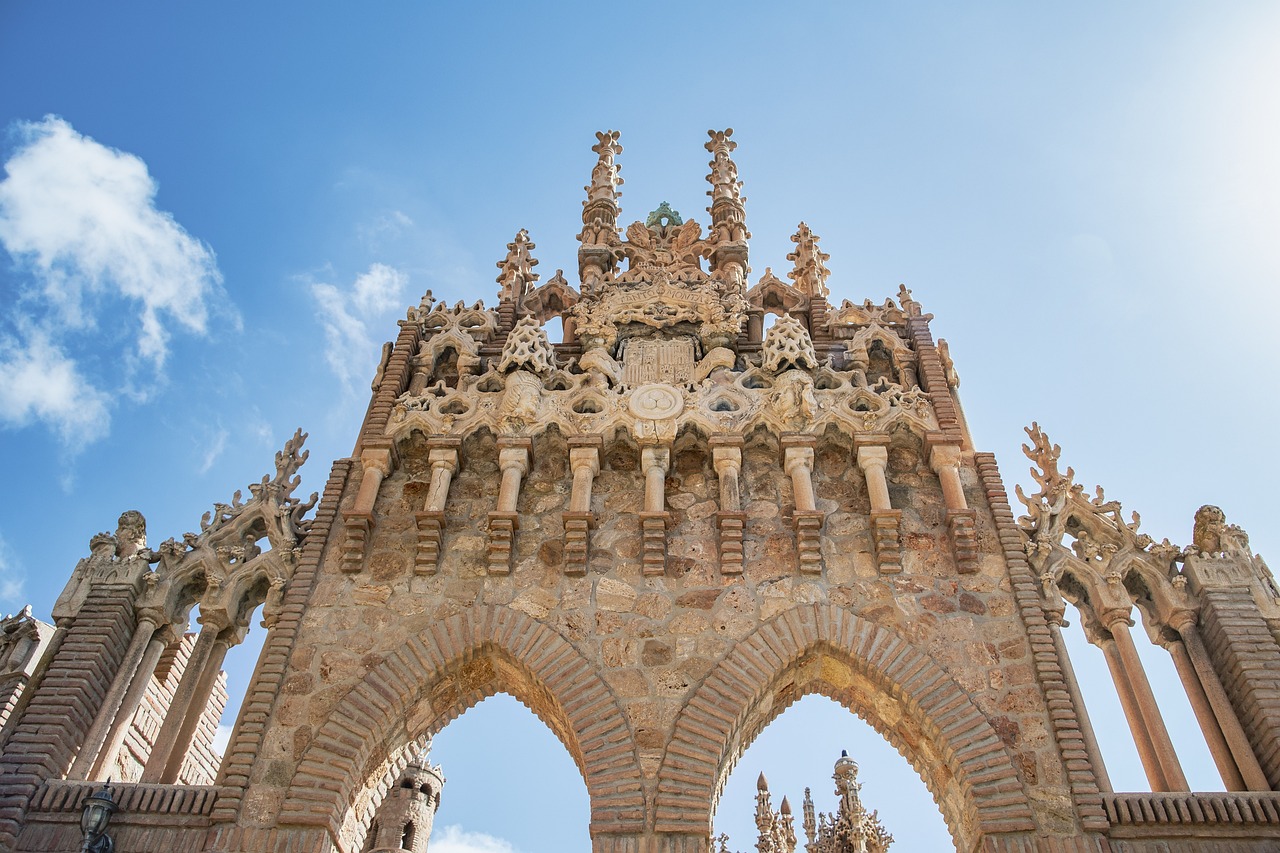
Legacy and Modern Interpretations
Reflecting on the enduring legacy of Akrotiri in archaeology, art history, and cultural heritage, the lost city continues to captivate researchers and enthusiasts alike. Its discovery and excavation have reshaped our understanding of ancient civilizations, offering a glimpse into a sophisticated society that thrived thousands of years ago. The well-preserved buildings, artifacts, and frescoes unearthed at Akrotiri have become invaluable sources of information, allowing us to piece together the puzzle of its past.
Modern interpretations of Akrotiri's significance extend beyond its historical value. The city's advanced urban planning, artistic treasures, and maritime connections provide insights into the broader Aegean civilization and its interactions with neighboring cultures. Scholars continue to analyze the cultural influences and trade networks that shaped Akrotiri, shedding light on the interconnectedness of ancient societies and the exchange of ideas and goods across the Mediterranean.
Furthermore, ongoing research and preservation efforts at Akrotiri underscore the importance of safeguarding this archaeological marvel for future generations. Conservation initiatives aim to protect the site from natural elements and human intervention, ensuring that its legacy endures for years to come. The debates surrounding Akrotiri's history and possible causes of destruction fuel scholarly discussions, prompting new theories and interpretations that contribute to our evolving knowledge of this enigmatic lost city.
Frequently Asked Questions
- What is the significance of the Lost City of Akrotiri?
The Lost City of Akrotiri is a remarkable archaeological site that provides valuable insights into the advanced civilization that thrived in the Aegean region during the Bronze Age. Its well-preserved buildings, artifacts, and artwork offer a glimpse into the sophisticated urban planning, artistic culture, and religious practices of the ancient society.
- How was Akrotiri similar to Pompeii?
Akrotiri and Pompeii share similarities in being ancient cities preserved by volcanic ash, offering a unique opportunity to study and understand life in the past. Both sites showcase advanced urban planning, artistic achievements, and evidence of daily life, while also highlighting the impact of natural disasters on ancient civilizations.
- What caused the destruction of Akrotiri?
The exact cause of Akrotiri's demise remains a subject of debate among archaeologists and historians. Various theories suggest that earthquakes, volcanic eruptions, or tsunamis could have led to the city's destruction. The presence of volcanic ash and the sudden abandonment of the site indicate a catastrophic event that abruptly ended the city's existence.
- What ongoing research and preservation efforts are being conducted at Akrotiri?
Archaeologists and experts continue to conduct excavations, research, and conservation work at Akrotiri to uncover more information about its history and significance. Preservation efforts aim to protect the site's fragile structures and artifacts, ensuring that future generations can continue to learn from and appreciate this enigmatic lost city.












